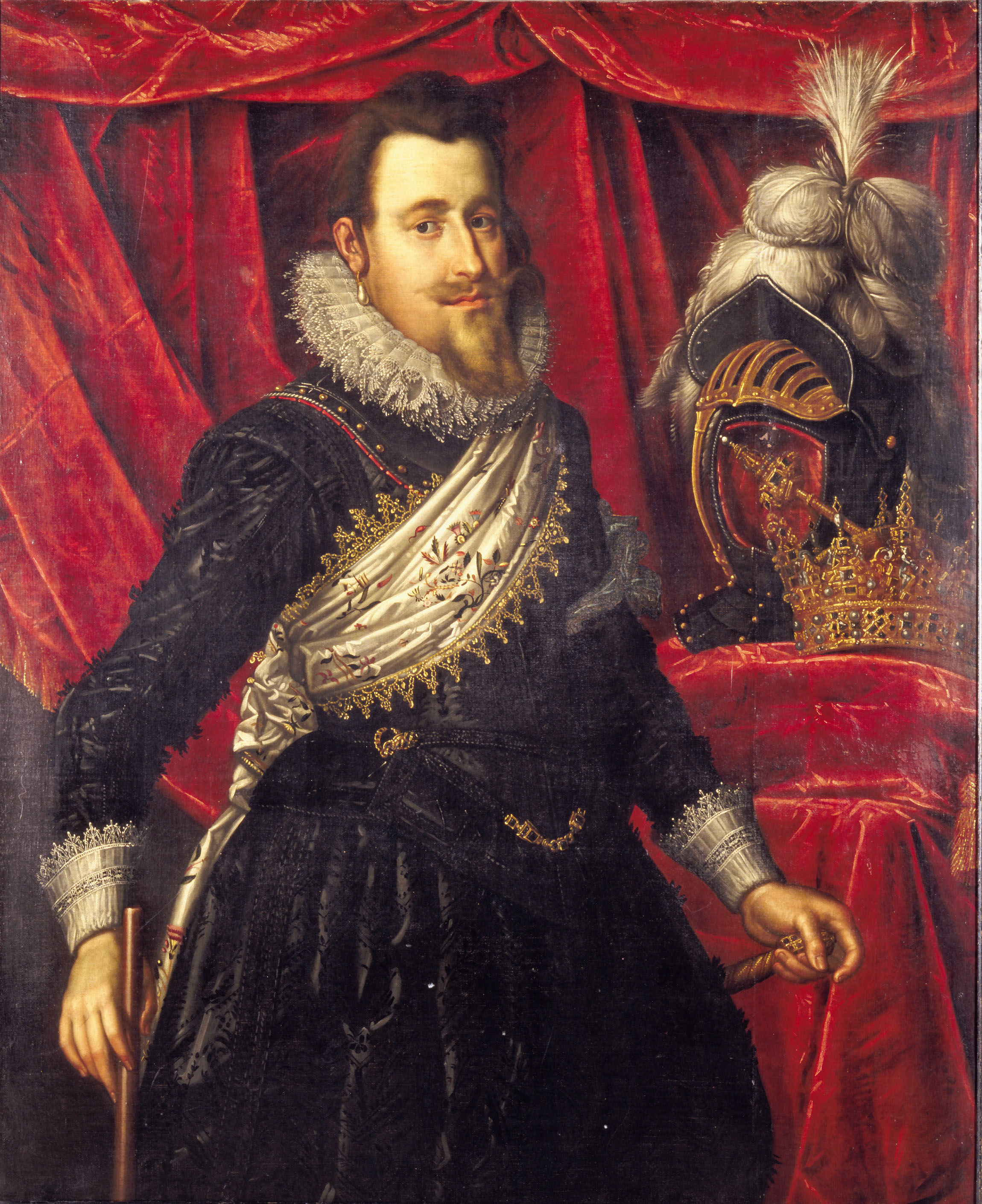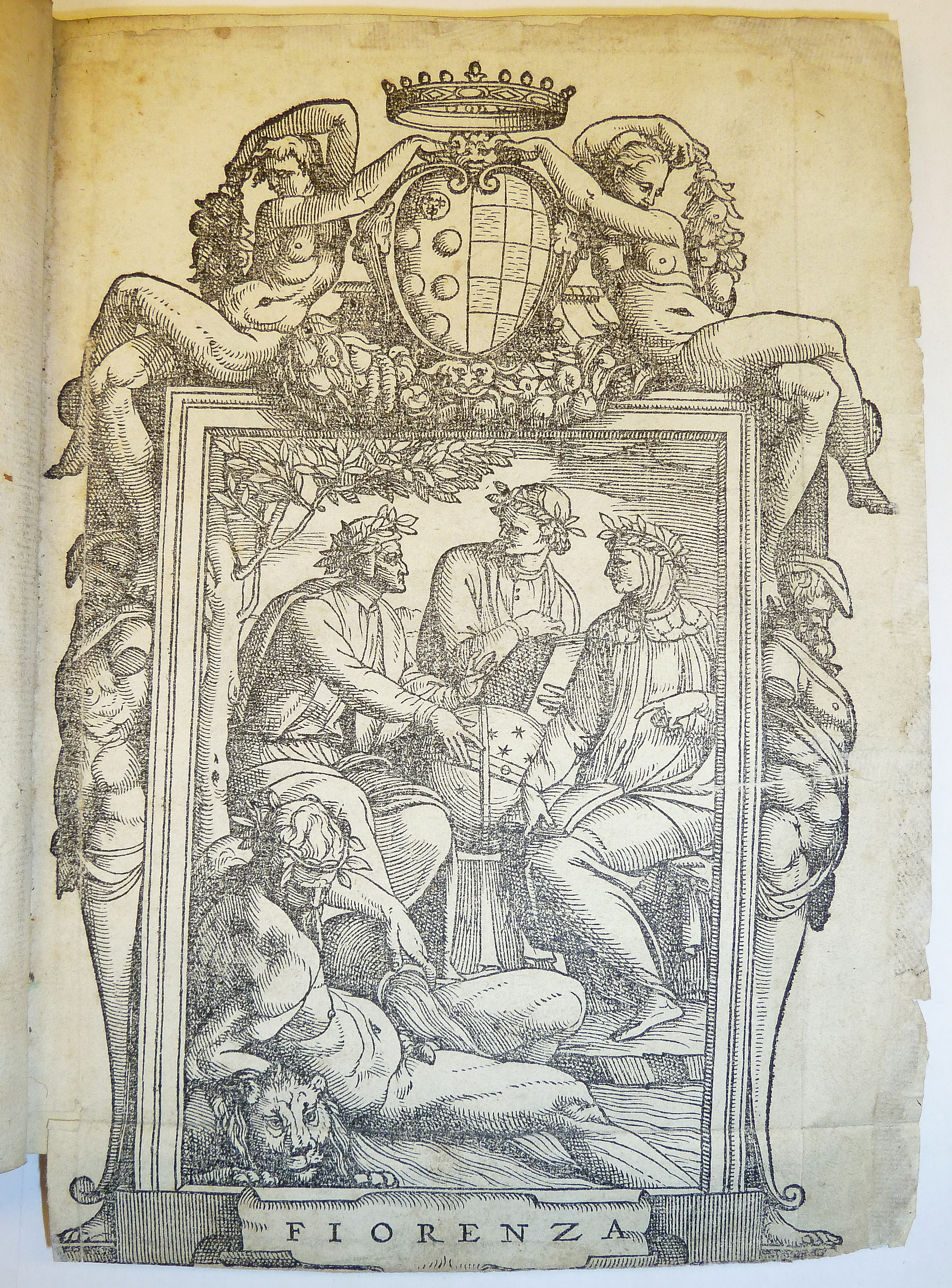|
Philip Galle
Philip (or Philips) Galle (1537 – March 1612) was a Dutch publisher, best known for publishing old master prints, which he also produced as designer and engraver. He is especially known for his reproductive engravings of paintings. Life Galle was born in Haarlem in the Netherlands, where he was a pupil of the humanist and engraver Dirck Volkertsz. Coornhert. According to the RKD, he married Catharina van Rollant on 9 June 1569. They had five children who later became active as artists: Theodoor, Cornelis, Philips II, Justa (who married the engraver Adriaen Collaert) and Catharina (who married the engraver Karel de Mallery).Philips Galle in the In Haarlem he engraved several works of the Haarlem painter |
1577 Philip Galle Door Goltzius
__NOTOC__ Year 1577 (Roman numerals, MDLXXVII) was a common year starting on Tuesday (link will display the full calendar) of the Julian calendar. Events January–June * January 9 – The second Union of Brussels is formed, first without the Protestant counties of Holland and Zeeland (which is accepted by King Philip II of Spain), later with the Protestants, which means open rebellion of the whole of the Seventeen Provinces, Netherlands. * March 17 – The Cathay Company is formed, to send Martin Frobisher back to the New World for more gold. * May 28 – The ''Bergen Book'', better known as the ''Solid Declaration'' of the Formula of Concord, one of the Lutheran confessional writings, is published. The earlier version, known as the ''Torgau Book'' (1576), had been condensed into an ''Epitome''; both documents are part of the 1580 ''Book of Concord''. July–December * July 9 – Ludvig Munk is appointed Governor-General of Norway. * September 1 ... [...More Info...] [...Related Items...] OR: [Wikipedia] [Google] [Baidu] |
Willem Thibaut
Willem Thibaut, Tybaut, or Tibout (1524–1597), was a Dutch Golden Age painter. Biography According to the RKD, Thibaut lived and worked in Haarlem, but made the cartoons for the two stained-glass windows in Sint Janskerk in 1570. According to Arnold Houbraken, who never understood why Karel van Mander never included glass painters in his ''Schilderboeck'', Thibaut was famous enough to be mentioned in Samuel Ampzing's praise of Haarlem with the words ''How masterly he could write on glass!''. Thibaut was also the inventor of the ''Counts of Holland'' print series that was later reprinted by Philip Galle and Michiel Vosmeer (1578–1616) in 1578 in Antwerp. This series of prints was published to accompany a reprint of Melis Stoke's ''Hollandse Jaar-Boeken of Rijm-Kronijk'' in 1699 by Cornelis van Alkemade. The addendum to the title; ''Met de Afbeeldingen van alle de HOLLANDSE GRAVEN, Geschetst naar de aaloude schilderijen der Karmeliten te Haarlem'' meant that the prints ... [...More Info...] [...Related Items...] OR: [Wikipedia] [Google] [Baidu] |
Jan Baptist Barbé
Jan Baptist BarbéJan Baptist Barbé, ''The Virgin seated on a Throne, holding the Infant, with a Bird'' at the British Museum or Jan-Baptist BarbéJan-Baptist Barbé at the (referred to as Jean-Baptiste Barbé in French language sources)Nico van Hout, 'Rubens et l'art de la gravure', Royal Museums of Fine Arts of Bel ... [...More Info...] [...Related Items...] OR: [Wikipedia] [Google] [Baidu] |
Hendrick Goltzius
Hendrick Goltzius, or Hendrik, (; ; January or February 1558 – 1 January 1617) was a German-born Dutch printmaker, draftsman, and painter. He was the leading Dutch engraver of the early Baroque period, or Northern Mannerism, lauded for his sophisticated technique, technical mastership and "exuberance" of his compositions. According to A. Hyatt Mayor, Goltzius "was the last professional engraver who drew with the authority of a good painter and the last who invented many pictures for others to copy". In the middle of his life he also began to produce paintings. Biography Goltzius was born near Venlo in Bracht or Millebrecht, a village then in the Duchy of Julich, now in the municipality Brüggen in North Rhine-Westphalia. His family moved to Duisburg when he was 3 years old. After studying painting on glass for some years under his father, he learned engraving from the Dutch polymath Dirck Volckertszoon Coornhert, who then lived in Cleves. In 1577 he moved with Coornhert ... [...More Info...] [...Related Items...] OR: [Wikipedia] [Google] [Baidu] |
Cornelis De Hooghe
Cornelis de Hooghe (1541, in The Hague – 1583, in The Hague) was a 16th-century engraver and mapmaker from the Northern Netherlands. Biography Cornelis de Hooghe, born in 1541 in The Hague (the Netherlands) as a bastard of Charles V, after this emperor's visit to the town in the summer of 1540. As De Hooghe's later friends and co-conspirators were to be found in the upper-class Delft families, it can safely be assumed that his mother was one of the daughters of Cornelis Arendsz. van der Hooch and Petronella van Persijn, wealthy and influential locals of both The Hague and Delft with close ties to the Habsburg government. This family also used names like Verhooch, De Hoogh or De Hooghe and owned a farm in the vicinity of Delft, bearing the name De Hooght. The exaggerated mention in his “Hollandia-map” (1565) of the rather unimportant Persijn manor (Huys te Persijn), that was situated just north of The Hague, underlines his descent from this family. De Hooghe was a pupil of Ph ... [...More Info...] [...Related Items...] OR: [Wikipedia] [Google] [Baidu] |
Hans Vredeman De Vries
Hans Vredeman de Vries (1527 – c. 1607) was a Dutch Renaissance architect, painter, and engineer. Vredeman de Vries is known for his publication in 1583 on garden design and his books with many examples on ornaments (1565) and perspective (1604). The Vredeman de Vries family included a number of artists and musicians. Biography Born in Leeuwarden and raised in Friesland, in 1546 Vredeman de Vries went to Amsterdam and Kampen. In 1549 he moved to Mechelen where the Superior Court was seating. Sebastian, his brother, was the organist in the local church. Vredeman de Vries designed ornaments for merry parades of Charles V and Philip II. Studying Vitruvius and Sebastiano Serlio, (translated by his teacher Pieter Coecke van Aelst), he became an internationally known specialist in perspective. He continued his career in Antwerp, where he was appointed city architect and fortification engineer. After 1585 he fled the city because of the Spanish occupation by Alessandro Farnese. ... [...More Info...] [...Related Items...] OR: [Wikipedia] [Google] [Baidu] |
Marcus Gheeraerts The Elder
Marcus Gheeraerts the Elder, Marc Gerard and Marcus Garret (c. 1520 – c. 1590) was a Flemish painter, draughtsman, print designer and etcher who was active in his native Flanders and in England. He practised in many genres, including portraits, religious paintings, landscapes and architectural themes. Marcus Gheeraerts (I) at the He designed heraldic designs and decorations for tombs. He is known for his creation of a print depicting a map of his native town Bruges and the illustrations for a Dutch-language publication recounting stories from |
Hans Bol
Hans Bol or Jan Bol (16 December 1534 – 20 November 1593), was a Flemish-Belgian painter, print artist, miniaturist painter and draftsman.Hans Bol at the He is known for his , allegorical and biblical scenes, and s executed in a late |
Anthonie Van Blocklandt
Anthonie Blocklandt van Montfoort, Anthonie van Blocklandt or Anthonie van Montfoort (1533 or 1534 - 18 October 1583) was a Dutch painter. Life He was born in Montfoort, where his father was at one time mayor. He went to learn under Hendrick Sweersz. in Delft and Frans Floris in Antwerp. In 1552 he returned to Montfoort, where he married the daughter of the then mayor. Blocklandt then settled in Delft, where he produced paintings for the Oude Kerk and the Nieuwe Kerk, later lost to the beeldenstorm. Also he painted a work for the Janskerk (Gouda) called ''De onthoofding van Saint-Jacob'', now in the museum there. He died in Utrecht. In 1572, Blocklandt made a trip to Italy, after which he settled for good in Utrecht, joining a guild there in 1577. In 1579, he painted his best known work, the triptych '' The Assumption of Mary'' that is now in the Basilica of St. Martin in Bingen am Rhein. According to Carel van Mander, Blocklandt painted biblical scenes, mythological subje ... [...More Info...] [...Related Items...] OR: [Wikipedia] [Google] [Baidu] |
Dutch Revolt
The Eighty Years' War or Dutch Revolt ( nl, Nederlandse Opstand) ( c.1566/1568–1648) was an armed conflict in the Habsburg Netherlands between disparate groups of rebels and the Spanish government. The causes of the war included the Reformation, centralisation, taxation, and the rights and privileges of the nobility and cities. After the initial stages, Philip II of Spain, the sovereign of the Netherlands, deployed his armies and regained control over most of the rebel-held territories. However, widespread mutinies in the Spanish army caused a general uprising. Under the leadership of the exiled William the Silent, the Catholic- and Protestant-dominated provinces sought to establish religious peace while jointly opposing the king's regime with the Pacification of Ghent, but the general rebellion failed to sustain itself. Despite Governor of Spanish Netherlands and General for Spain, the Duke of Parma's steady military and diplomatic successes, the Union of Utrech ... [...More Info...] [...Related Items...] OR: [Wikipedia] [Google] [Baidu] |
Familia Caritatis
The ''Familia Caritatis'', also known as the Familists, was a mystical religious sect founded in the sixteenth century by Henry Nicholis, also known as Niclaes. ''Familia Caritatis'' translates from Latin into "Family of Love", and in other languages, "Hus der Lieften", "Huis der Liefde" and "Haus der Liebe" ( en, House of Love). History The outward trappings of Nicholis's system were Anabaptist. His followers were said to assert that all things were ruled by nature and not directly by God, of denying the dogma of the Trinity, and repudiating infant baptism. They held that no man should be put to death for his opinions, and apparently, like the later Quakers, they objected to the carrying of arms and to anything like an oath; and they were quite impartial in their repudiation of all other churches and sects, including Brownists and Barrowists. Nicholis's message is said to have appealed to the well educated and creative elite, artists, musicians and scholars. They felt no ne ... [...More Info...] [...Related Items...] OR: [Wikipedia] [Google] [Baidu] |
Renaissance Humanism
Renaissance humanism was a revival in the study of classical antiquity, at first in Italy and then spreading across Western Europe in the 14th, 15th, and 16th centuries. During the period, the term ''humanist'' ( it, umanista) referred to teachers and students of the humanities, known as the , which included grammar, rhetoric, history, poetry, and moral philosophy. It was not until the 19th century that this began to be called ''humanism'' instead of the original ''humanities'', and later by the retronym ''Renaissance humanism'' to distinguish it from later humanist developments. During the Renaissance period most humanists were Christians, so their concern was to "purify and renew Christianity", not to do away with it. Their vision was to return '' ad fontes'' ("to the sources") to the simplicity of the New Testament, bypassing the complexities of medieval theology. Under the influence and inspiration of the classics, humanists developed a new rhetoric and new learning. Some s ... [...More Info...] [...Related Items...] OR: [Wikipedia] [Google] [Baidu] |









.jpg)
_Liefte_und_Waerheit.png)
